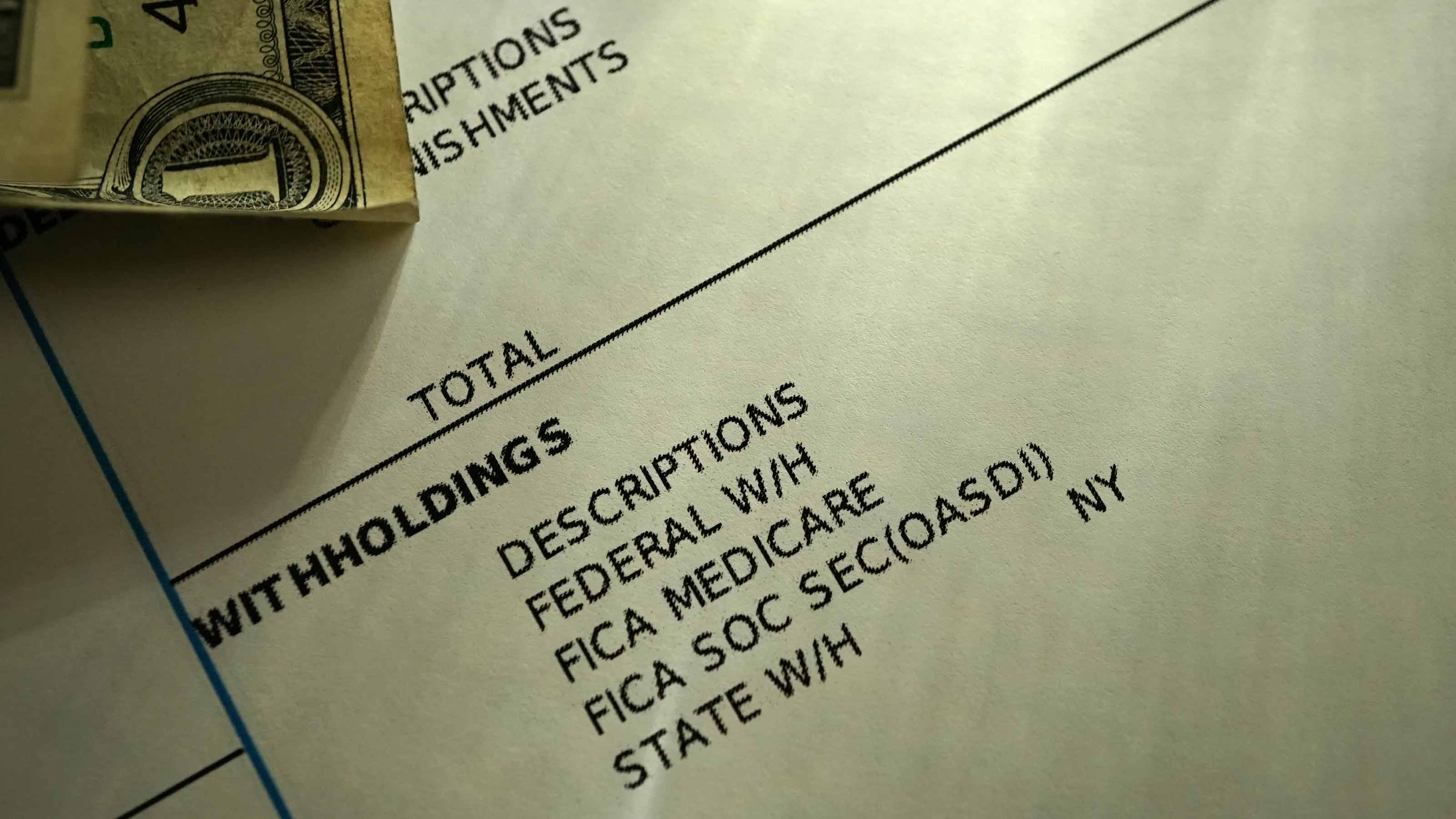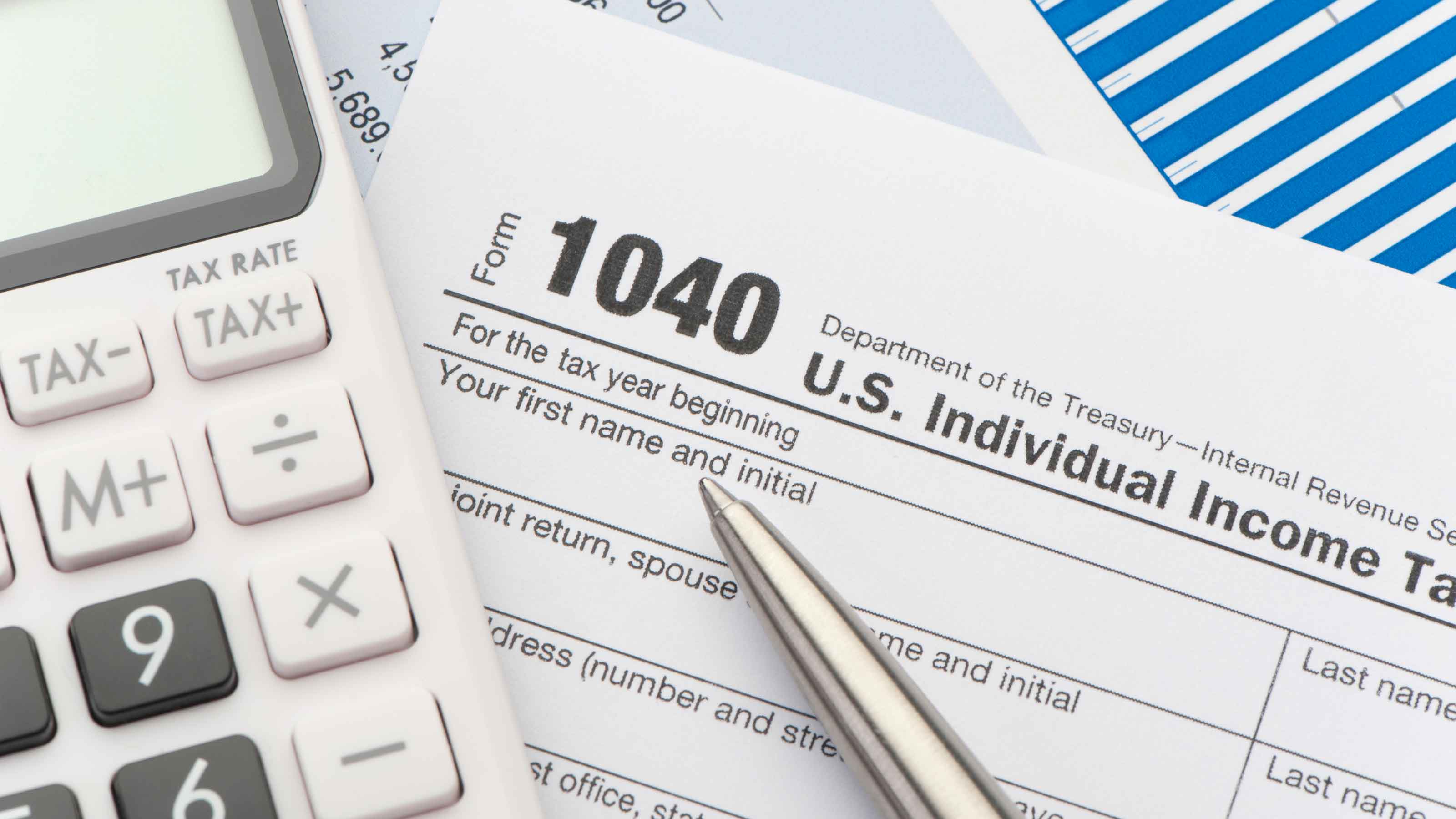Tax Planning for Your First Job
Learn how to reduce the tax bite on your salary and match withholding to the amount you’ll actually owe the government.
Now that you've entered the full-time workforce, you'll enjoy getting steady paychecks, and so will your partner ... Uncle Sam. Becoming a wage earner means becoming a taxpayer, too.
Becoming a wage earner means becoming a taxpayer, too. You'll owe federal income taxes at rates that range between 10% (on your first $9,075 of taxable income in 2014 if you're single) to 39.6% (for amounts over $406,750). Social Security and Medicare taxes will claim 7.65% of your first $117,100 of salary in 2014, starting from dollar one. If your earnings pass $117,100, the 1.45% part of the payroll tax that pays for Medicare continues no matter how high your earnings. State income taxes range for 0% to 13.3% depend on where you live and how much you make.
But taxpaying is not all a one-way street. There are ways to save, too.

Sign up for Kiplinger’s Free E-Newsletters
Profit and prosper with the best of expert advice on investing, taxes, retirement, personal finance and more - straight to your e-mail.
Profit and prosper with the best of expert advice - straight to your e-mail.
Job-hunting Expenses
Unfortunately, you can't deduct the cost of looking for your first job. When you change jobs, though, expenses such as the cost of printing résumés and travel to job interviews are deductible, as long as you're looking for a job in the same line of work. Such costs are "miscellaneous expenses," which means they are deductible, if you itemize, to the extent they and any other miscellaneous expenses exceed 2% of your adjusted gross income.
Moving Expenses
You can deduct the cost of job-related moving expenses even if it's for your first job and even if you claim the standard deduction rather than itemizing. The key is that your new job be at least 50 miles farther from your old home than your old job was. In addition to the cost of moving your household goods, you can write off the cost of driving your own car. For job-related moves in 2014, you can deduct 23.5 cents a mile.
Get Withholding Right
This is something most workers — whether on their first job or 20th — fail to do. We know that because more than 100 million taxpayers get tax refunds every year — proof positive that they had too much withheld from their pay. When you start a job, you'll be asked to fill out a Form W-4. That little piece of paper controls how much federal income tax will be taken out of each check for the IRS. The amount is based on your salary and the number of "allowances" you claim on the W-4. Take the time to read the instructions carefully to be sure you claim as many allowances as possible. That will limit withholding to the legal minimum. After your first year on the job, our withholding calculator can help you set things straight if you are suffering from overwithholding.
If you're starting a job in midyear (as college grads often do), consider asking your boss to use the "part-year method" for figuring withholding for the rest of the year. This method basically sets withholding based on how much you'll actually earn rather than on 12 times your monthly salary. That can put more money in your paycheck when you are starting out and can really use the dough.
Sign Up for the 401(k)
If your company offers a 401(k) retirement savings plan, don't hesitate to join. More and more firms automatically enroll new employees (unless they opt out) and most companies match part of an employee's contributions — 50 cents on the dollar for the first 3% of pay, for example. Contribute at least enough to capture the full company match. If you join a traditional 401(k), pre-tax salary goes into the plan. If you're in the 25% tax bracket, that means your take home pay will drop by just $750 for each $1,000 you contribute to the plan. If your firm matches 50%, that means you'll have $1,500 in the plan for an out-of-pocket cost of just $750. Use our calculator to see what raising your contribution will do for your savings in the long run.
If your company offers the Roth 401(k) option, you may be better off choosing it. With the Roth, after-tax money goes into the plan, so a $1,000 contribution really costs $1,000. The advantage? As with a Roth IRA, all withdrawals from the Roth 401(k) can be tax-free in retirement, while payouts from the traditional 401(k) are fully taxable. (If you opt for the Roth version, any company match will go into a traditional 401(k) account — tax-free going in, but withdrawals of those amounts and earnings on them will be taxable in retirement.)
Depending on your income, contributions to a 401(k) might earn you a special tax credit, too. The retirement saver's credit is worth $200 to $1,000 for qualifying taxpayers, based on a 10%-to-50% credit on up to $2,000 that you sock away in a retirement plan. That credit, which reduces your tax bill dollar-for-dollar, is in addition to other tax savings that may apply to your retirement plan contributions. You can qualify for this credit on your 2014 return if your adjusted gross income is under $30.000 if you're single or under $60,000 if you file a joint return. The income cut off is $45,000 if you file as a head of household.
Take Advantage of a Flex Plan
Be aggressive if your employer offers a medical reimbursement account — sometimes called a flex plan. These plans let you divert up to $2,500 of your salary to an account, which you then tap to pay medical bills. The advantage? You avoid both income and Social Security tax on money run through the account. Paying medical bills with pretax money can save you 20% to 40% or more compared with spending after-tax money.
Get Kiplinger Today newsletter — free
Profit and prosper with the best of Kiplinger's advice on investing, taxes, retirement, personal finance and much more. Delivered daily. Enter your email in the box and click Sign Me Up.
-
 Trump Dials Back Most Tariffs but Targets China
Trump Dials Back Most Tariffs but Targets ChinaThe Kiplinger Letter Wall Street hopes that higher tariffs on most countries are on hold for good. But the trade war between the U.S. and China is heating up.
By Jim Patterson
-
 You’re Probably Not Covered for These 6 Common Home Disasters
You’re Probably Not Covered for These 6 Common Home DisastersHome insurance doesn’t cover everything. Learn which disasters require extra coverage — and how to protect your home before it’s too late.
By Jacob Wolinsky
-
 Kiplinger's Tax Map for Middle-Class Families: About Our Methodology
Kiplinger's Tax Map for Middle-Class Families: About Our Methodologystate tax The research behind our judgments.
By David Muhlbaum
-
 2023 Social Security Tax Wage Base
2023 Social Security Tax Wage BaseWealthier Americans will have more Social Security taxes taken from their paychecks next year because more of their income will be subject to the tax.
By Rocky Mengle
-
 Retirees, Make These Midyear Moves to Cut Next Year's Tax Bill
Retirees, Make These Midyear Moves to Cut Next Year's Tax BillTax Breaks Save money next April by making these six hot-as-July tax moves.
By Rocky Mengle
-
 Five Big Tax Breaks at Work
Five Big Tax Breaks at Worktax planning Did the 2021 tax refund you expected turn into a surprise tax bill? Taking advantage of your employee benefits package could help you lower your taxable income.
By David Jaeger, CFP®
-
 Estimated Payments or Withholding in Retirement? Here's Some Guidance
Estimated Payments or Withholding in Retirement? Here's Some GuidanceBudgeting You generally must pay taxes throughout the year on your retirement income. But it isn't always clear whether withholding or estimated tax payments is the best way to pay.
By Rocky Mengle
-
 How to Cut Your 2021 Tax Bill
How to Cut Your 2021 Tax BillTax Breaks Our guidance could help you claim a higher refund or reduce the amount you owe.
By Sandra Block
-
 Why This Tax Filing Season Could Be Ugly
Why This Tax Filing Season Could Be UglyCoronavirus and Your Money National Taxpayer Advocate Erin M. Collins warns the agency will continue to struggle with tight budgets and backlogs. Her advice: File electronically!
By Sandra Block
-
 Con Artists Target People Who Owe The IRS Money
Con Artists Target People Who Owe The IRS MoneyScams In one scheme, thieves will offer to "help" you pay back taxes, only to leave you on the hook for expensive fees in addition to the taxes.
By Rivan V. Stinson